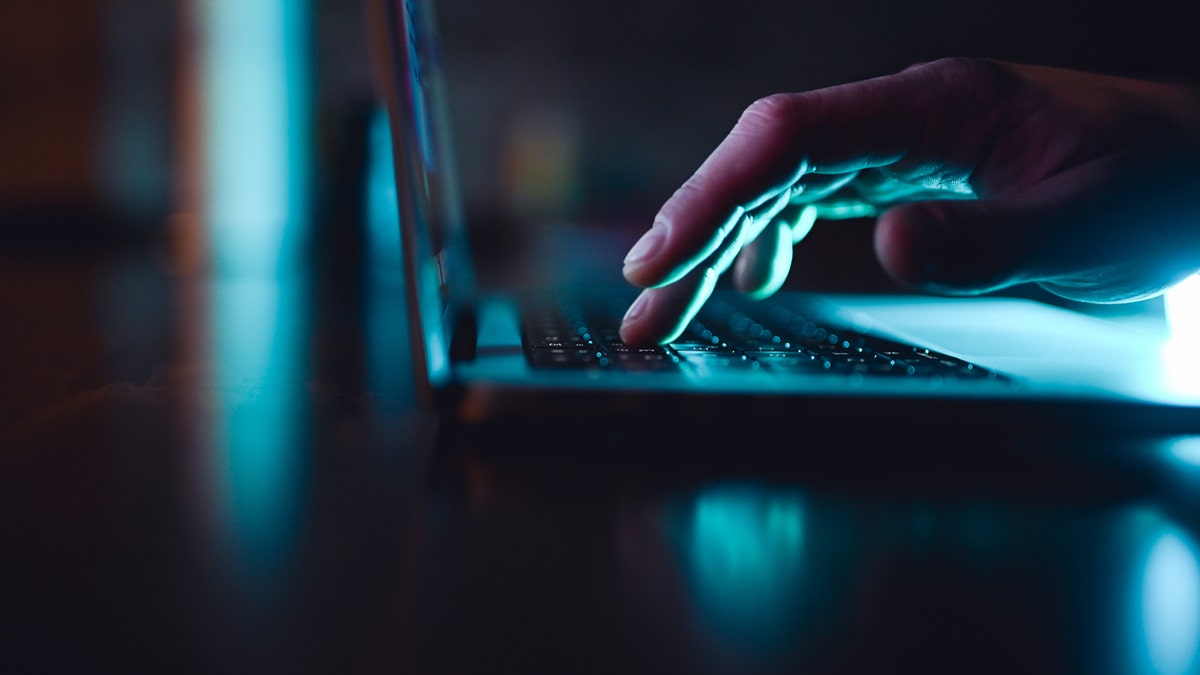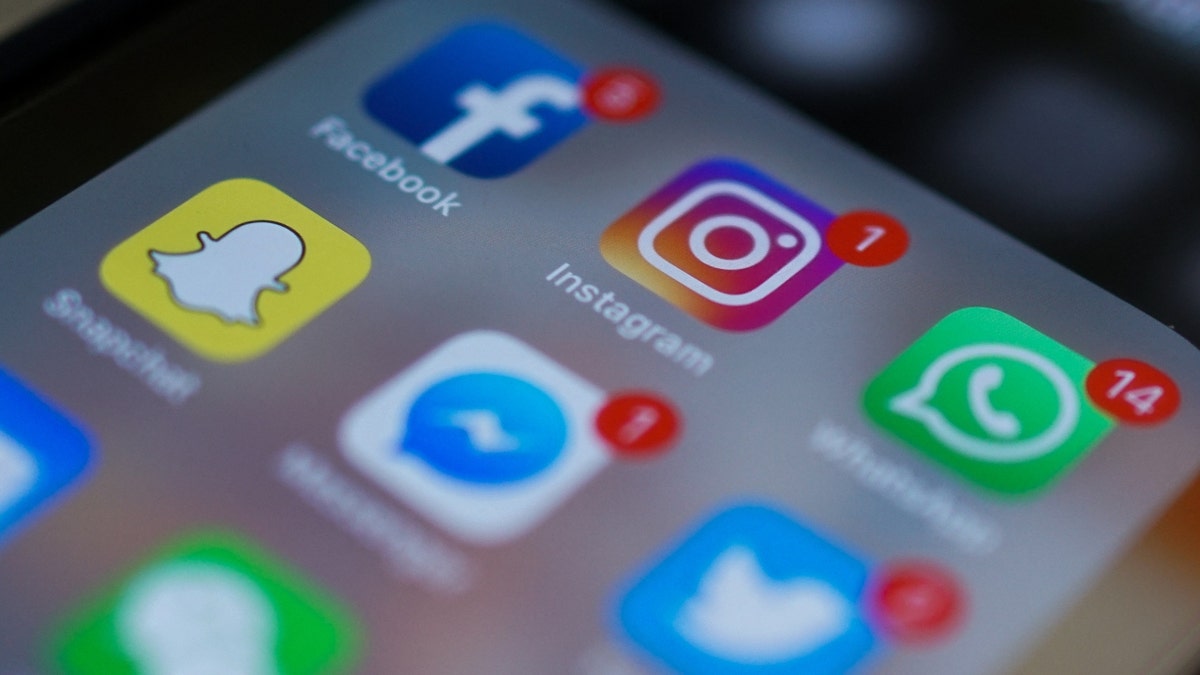The digital world has made us all vulnerable to cyber threats, and the fear of our online accounts being compromised is a valid concern. Whether it's Instagram, X (formerly Twitter), Facebook, or any other platform, the risk of falling prey to hackers and bots is real. Don't assume it can't happen to you – proactive security measures are crucial.
Much of the advice circulating online about hacked social media accounts is either inaccurate or, worse, a trap set by scammers. This guide provides reliable steps to take if your social media account gets hacked.
1. Sign Out Everywhere: The first step is to immediately sign out of your account on every device where you're logged in. Most social media platforms list logged-in devices in their settings. For example, on Facebook, you can find this under your profile picture > Settings & Privacy > Activity Log > Where You’re Logged In. This action often dislodges less sophisticated hackers relying on automatic logins, preventing further spamming.

2. Strengthen Your Password: Once you've signed out everywhere, log back in on a single trusted device and immediately change your password. Choose a strong password – at least 12 characters long, combining uppercase and lowercase letters, numbers, and symbols. A password manager can be invaluable in generating and storing secure passwords.
3. Report the Incident: After changing your password, report the hacking incident to the respective social media platform. This allows them to assist in reversing any unauthorized actions and potentially freeze your account temporarily for added security. Many platforms have dedicated channels for reporting hacked accounts, such as Facebook's hacked page, Instagram's hacked page, and X's questionnaire. Utilize these resources.

4. Review Account Activity: Thoroughly inspect your account settings for any unauthorized changes. This includes deleting fake messages or posts, removing any unrecognized connected devices or third-party apps, unfollowing suspicious accounts, and verifying your profile information.
5. Enable Two-Factor Authentication (2FA): As a final step, enable 2FA for enhanced security. While receiving codes via text is an option, using an authenticator app is generally more secure. This adds an extra layer of protection, making it significantly harder for hackers to access your account, even if they obtain your password.
If you encounter difficulties during these steps or if your account has been suspended, directly contact the social media platform's support. Be prepared to be persistent, as their primary focus isn't always individual user assistance. Avoid searching for these contact numbers on Google, as you might encounter misleading information. Instead, refer to official sources or trusted directories.
Comments(0)
Top Comments